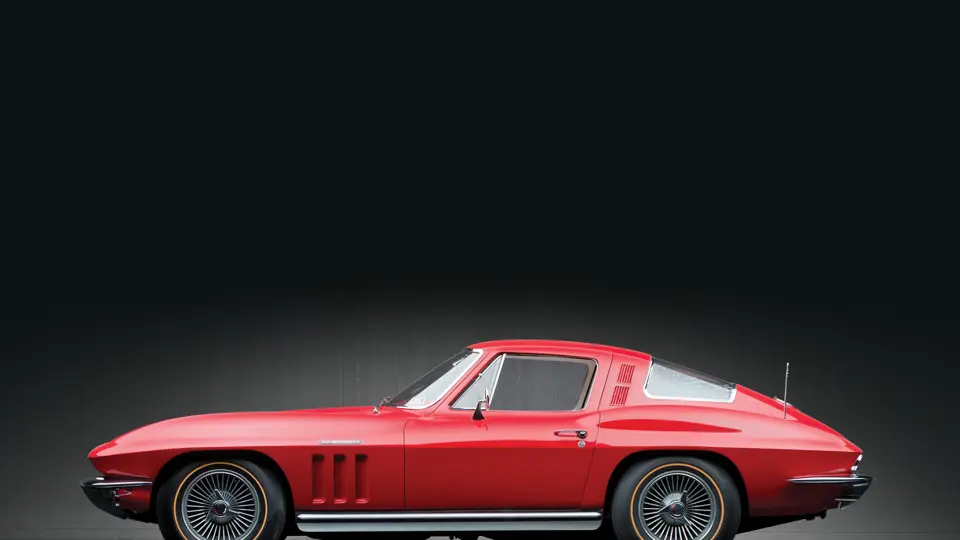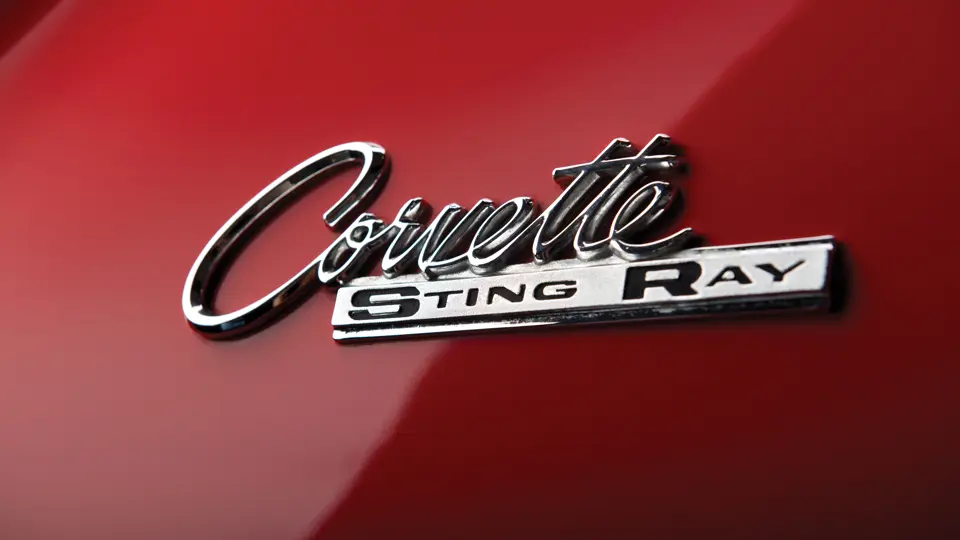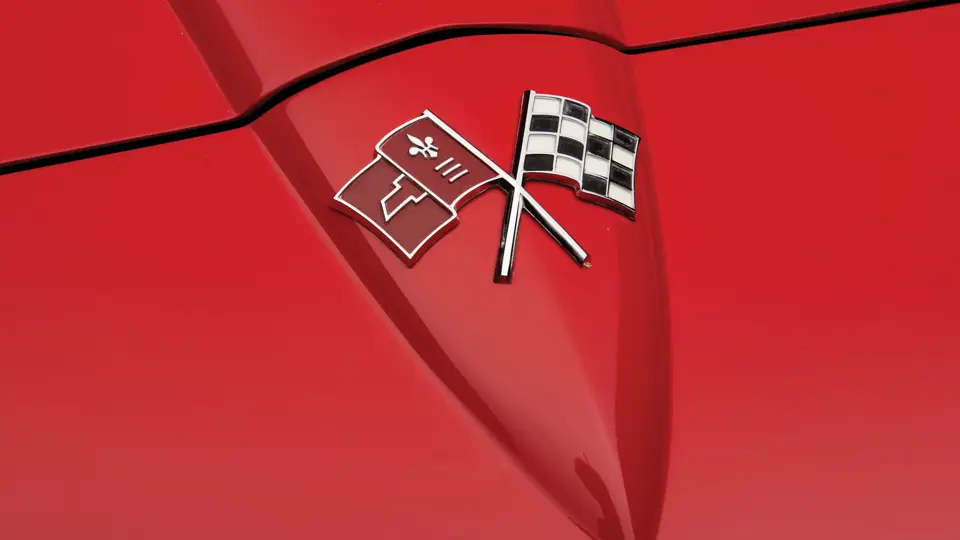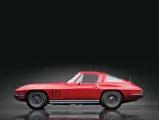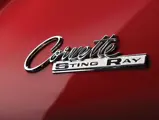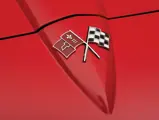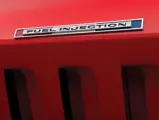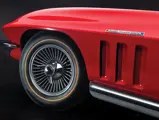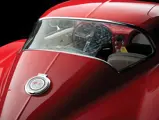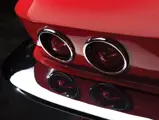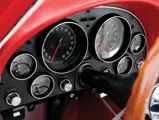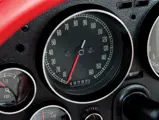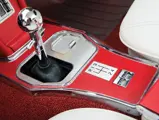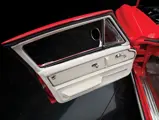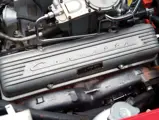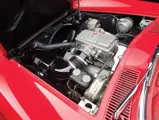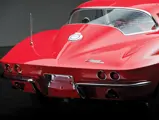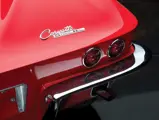375 bhp, 327 cu. in. V-8 engine with Rochester Ramjet fuel injection, four-speed close-ratio manual transmission, four-wheel fully independent F40 performance suspension, and four-wheel power disc brakes. Wheelbase: 98 in.
The year 1965 marked the third year of the second-generation Corvette, the Sting Ray. Hood styling was revised somewhat, as the roof vents had disappeared from coupes, and the “shark gills” behind the front wheels were now fully functional and aided in engine cooling. The disc brakes at all four corners became standard, while the Rochester Ramjet “Fuelie” 327 V-8 made its final appearance, thanks to both cost and the mid-year appearance of the more powerful and less expensive 396-cubic inch “big block.”
The new disc brakes were developed courtesy of Chevrolet engineers, working in concert with Delco-Moraine, who developed an entirely new approach. The novel system allowed the pads to barely touch the discs at all times, providing near-instantaneous pedal response and satisfactorily addressing an early, valid criticism of disc brakes: when they got wet, they failed to work adequately. On the 1965 Corvette, they were faultless.
Don Davis’ “Fuelie” 1965 Corvette must surely be one of the best in the world. Inspecting it from stem to stern, one finds the chassis number plate exactly where it should be, and the engine pad number verifies the fuel-injected V-8 under the hood as being original to this car—which is, carrying serial number 00774, a very early example of the 8,186 Sting Ray Coupes produced this year. Finished in Riverside Red with white vinyl upholstery, the car boasts the four-speed close-ratio manual transmission, 3.70 rear axle, off-road exhaust, F40 performance suspension, power brakes, wood steering wheel, AM/FM radio, clock, power windows, red seatbelts, and original date coded, Kelsey-Hayes knock-off wheels shod in yellow stripe tires, and it shows 48,095 miles on its odometer. It is one of only five “Fuelie” coupes from 1965 known to have been built in this color combination.
The excellent restoration, performed several years ago, saw the original California car refinished appropriately in lacquer paint, and numerous original NOS parts were used to ensure absolute accuracy of all components. It is very clean throughout, with high-quality brightwork and an engine bay and undercarriage that show correct finishes and virtually no road wear or signs of use. Panel fit is excellent, with very nice gaps, and the doors close solidly. As one would expect from such a well-finished car, it has earned its NCRS Top Flight, Bloomington Gold and Vettefest Gold Spinner honors, resulting in the highly coveted Triple Crown honors in 2009—an important stamp of approval on its quality and authenticity, the plaque for which will accompany the car in its sale.
A “Little Red Corvette” has become part of the American way of life, a timeless symbol of youthful exuberance, achieved through the prosperity earned by hard work. Restored in these classic colors, well-optioned for performance and comfort, and with the authenticity of its every nut and bolt blessed by the legendarily knowledgeable judges of the nation’s top Corvette shows, Don Davis’ 1965 “Fuelie” is a simply outstanding example.
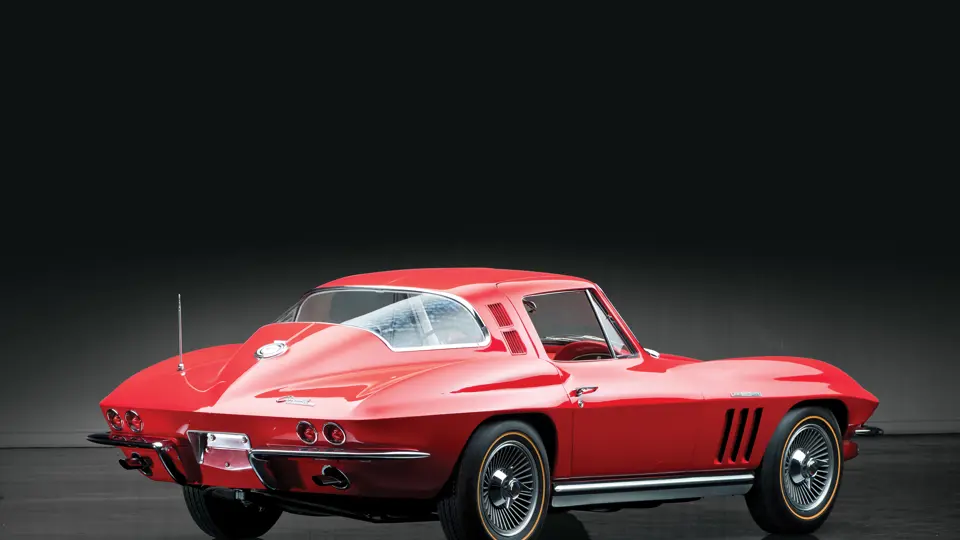
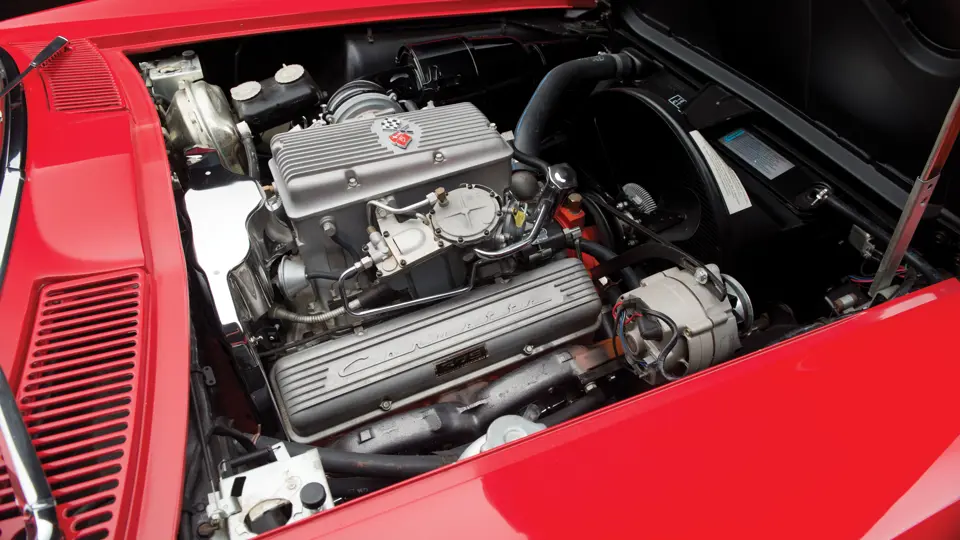
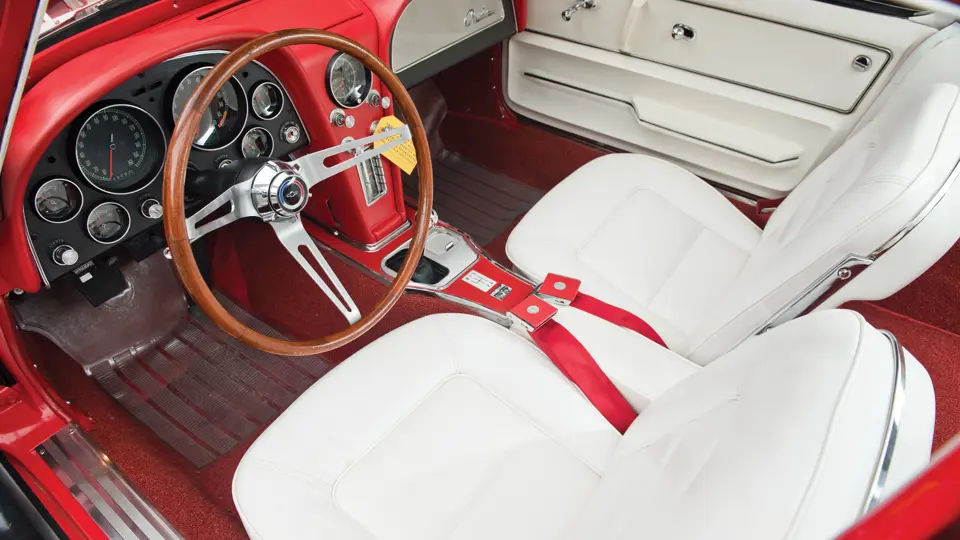

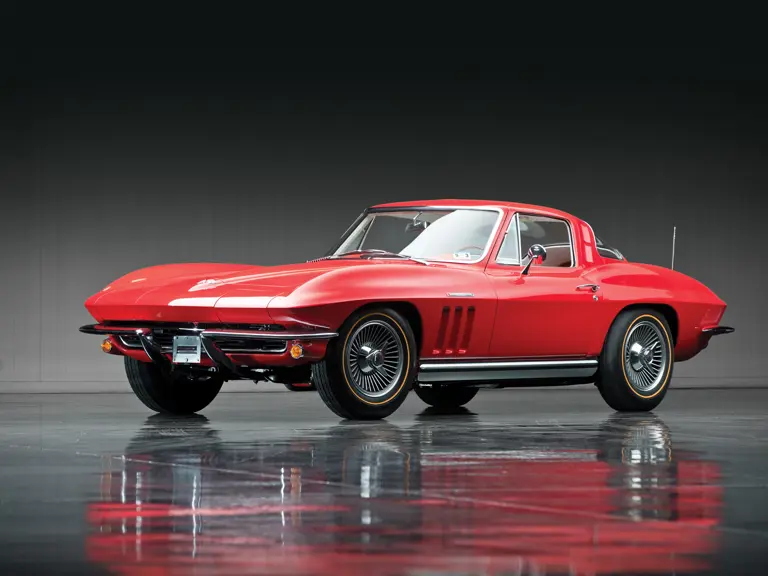
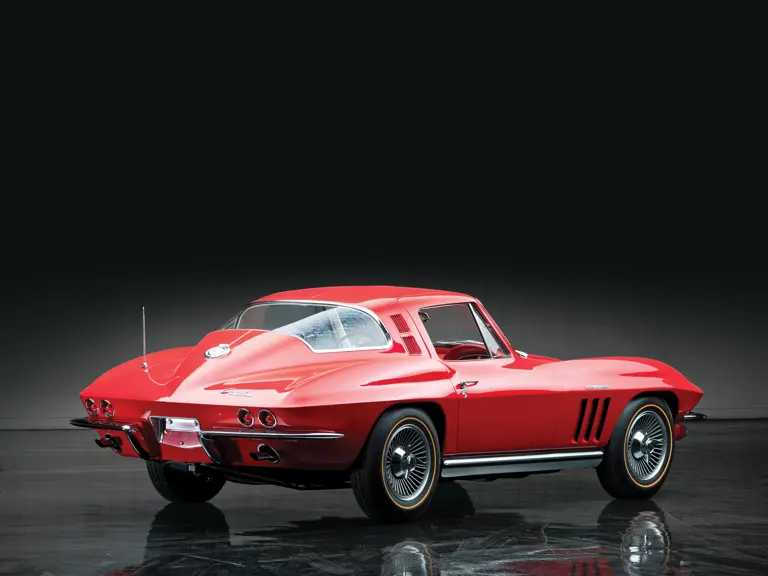
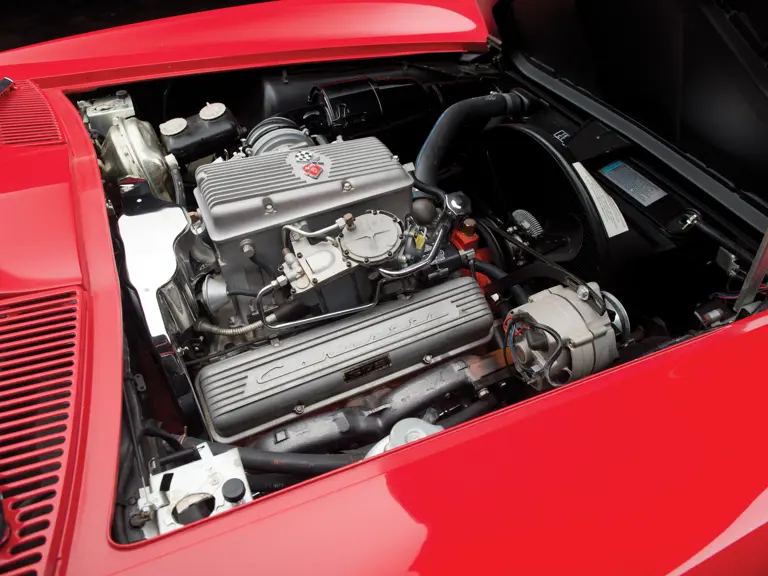

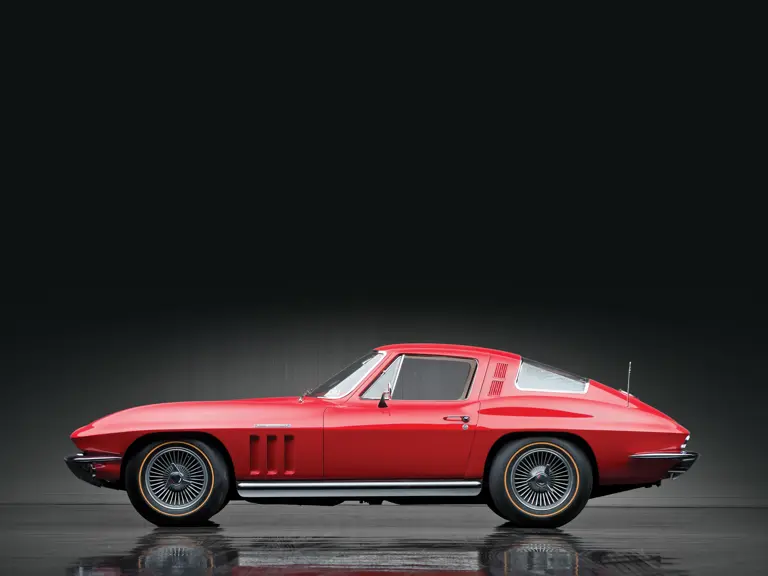
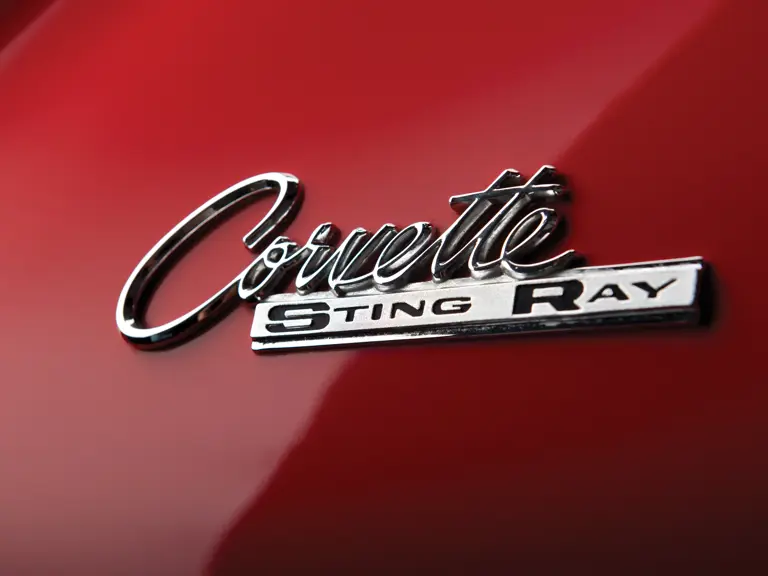
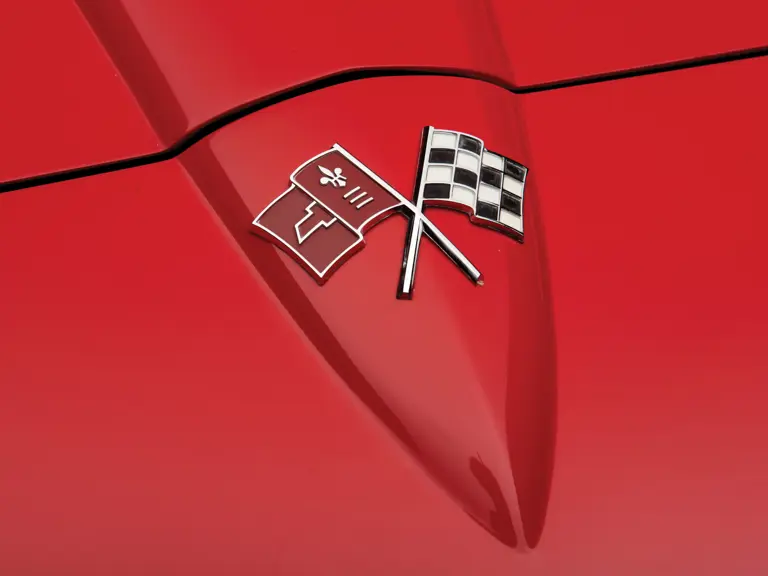
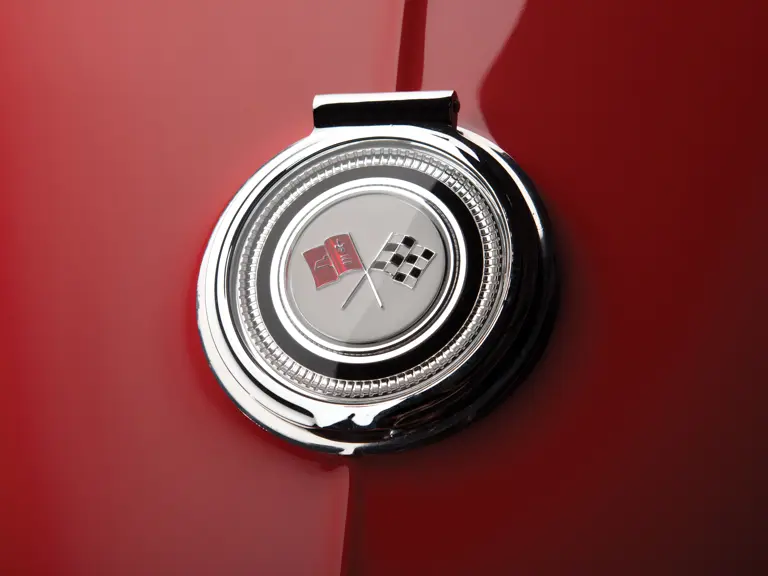
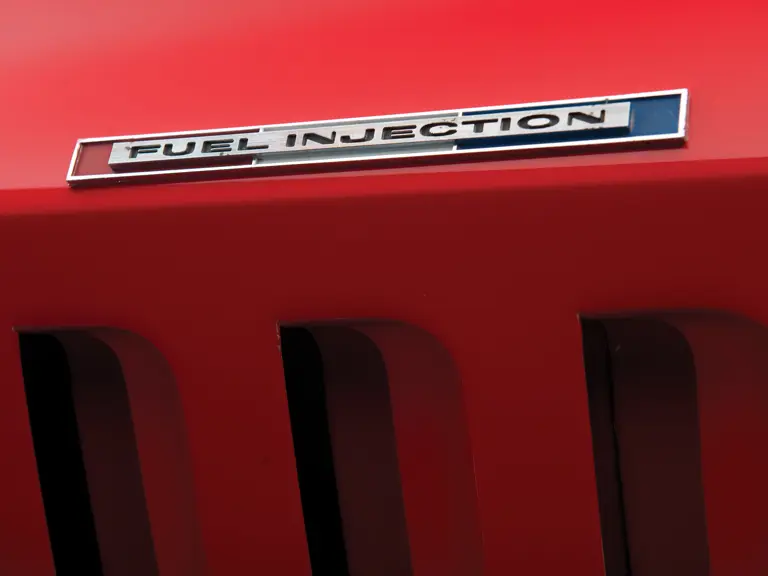

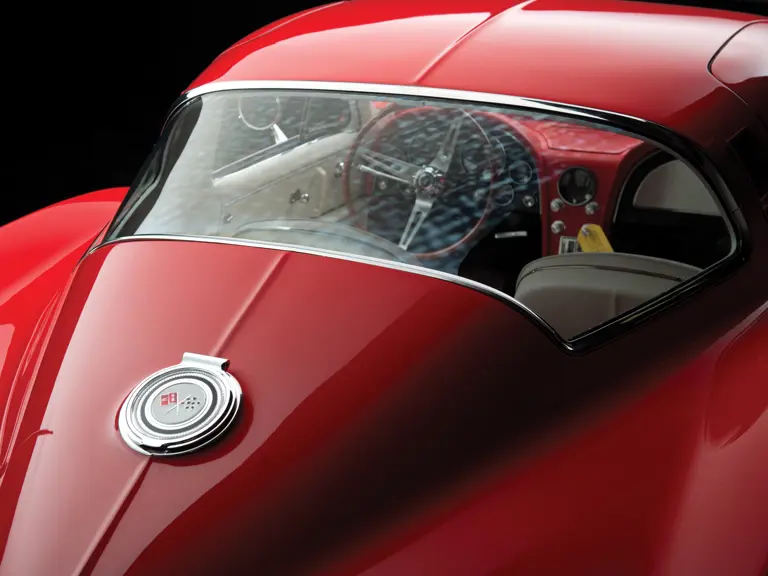

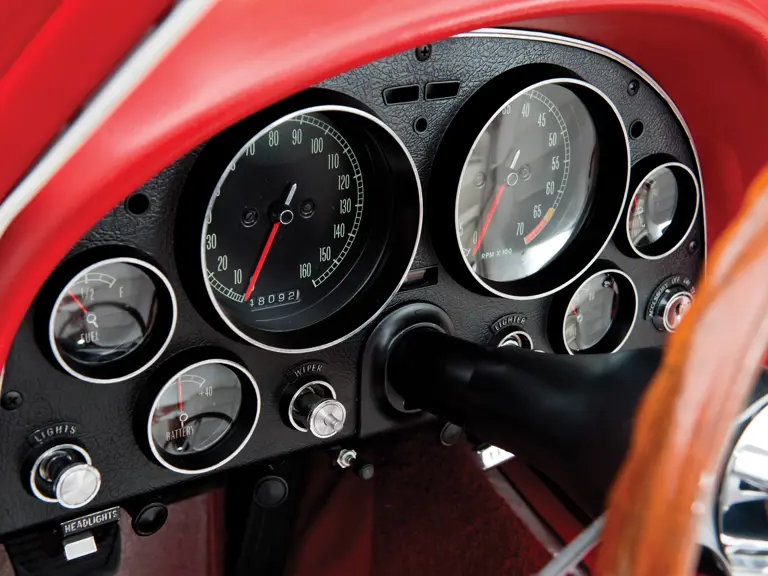
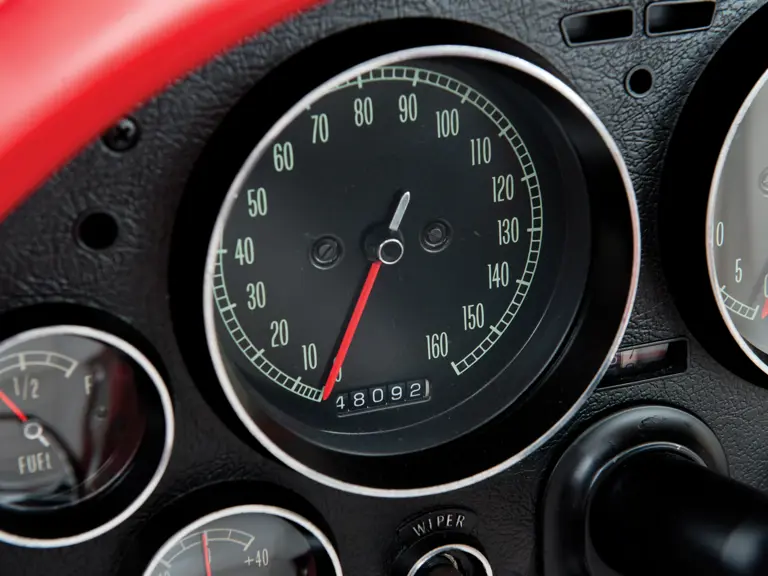
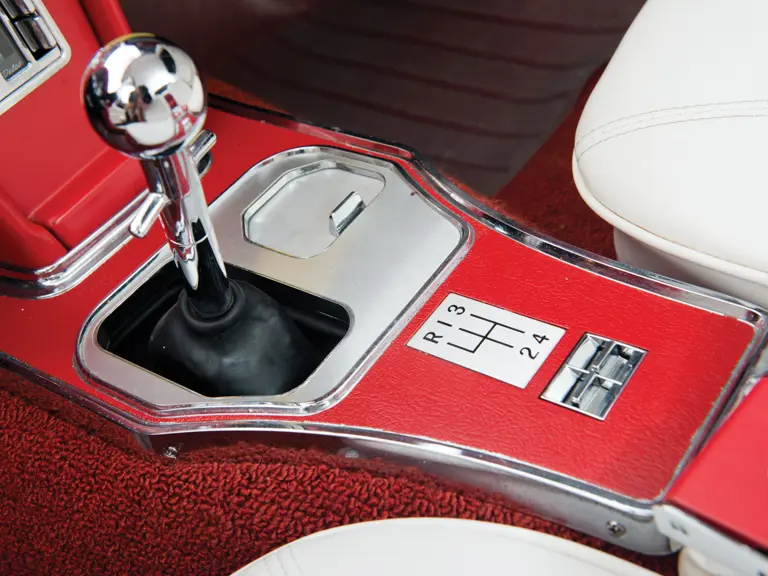

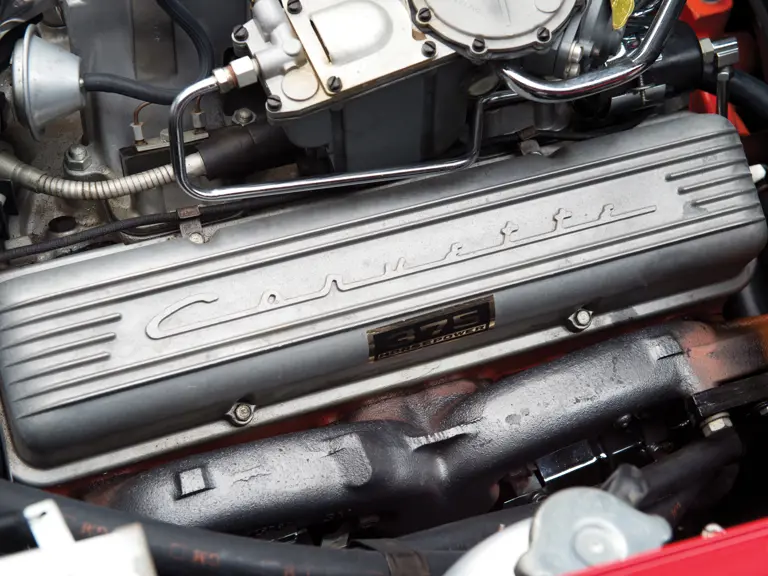
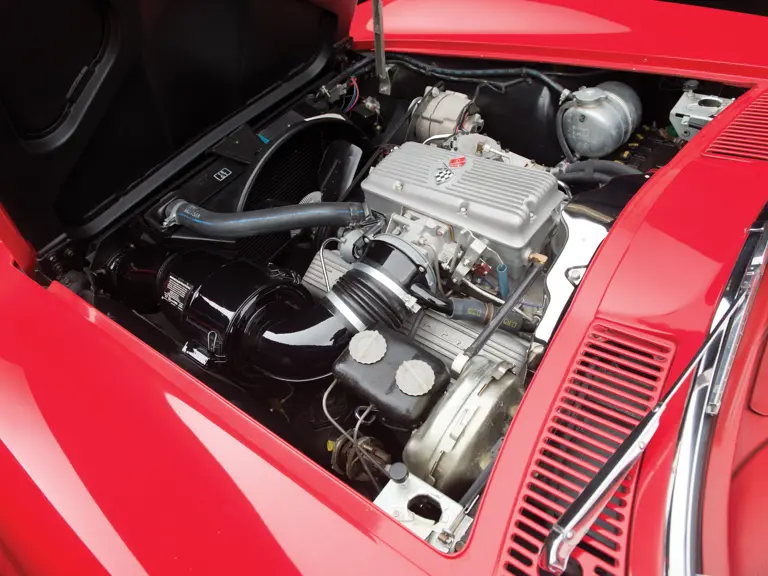
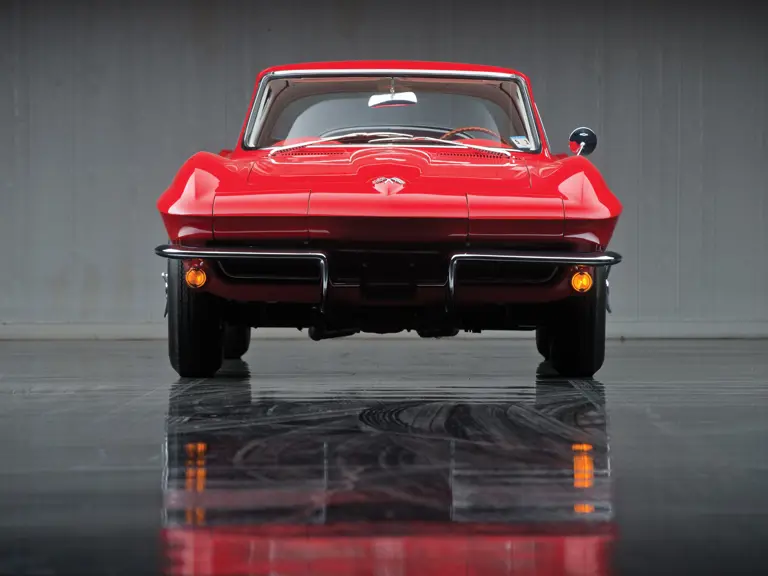
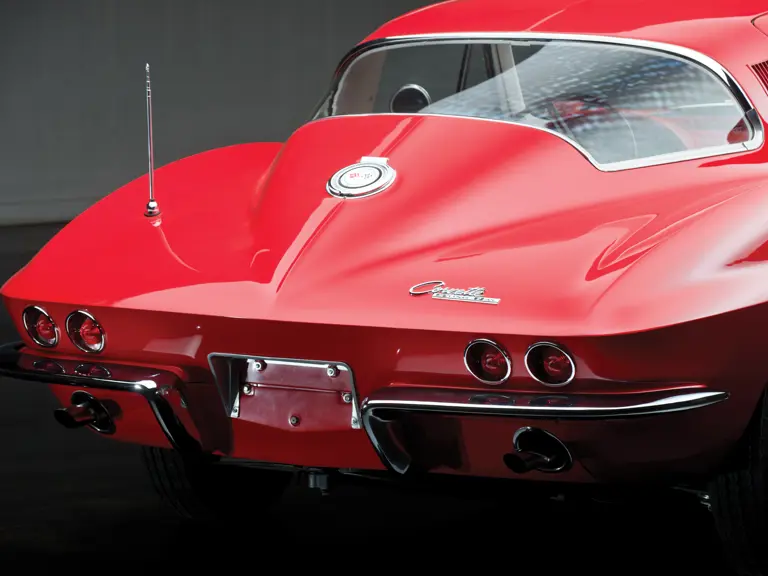
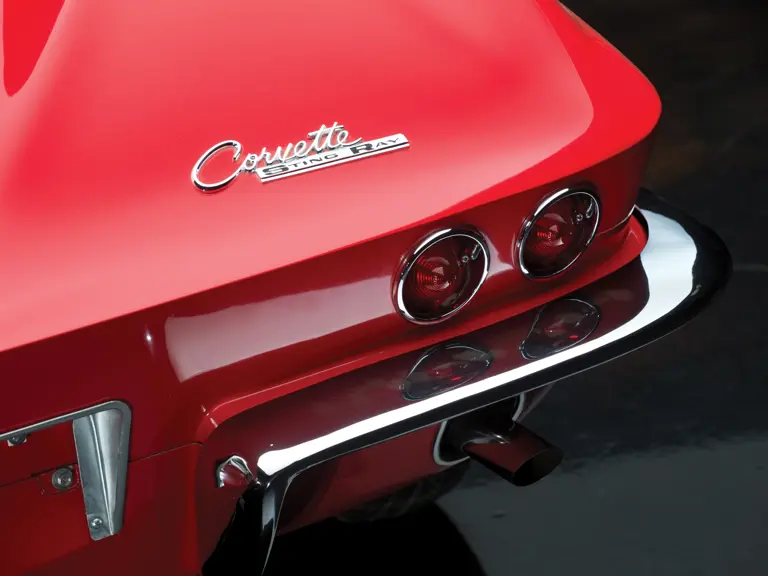
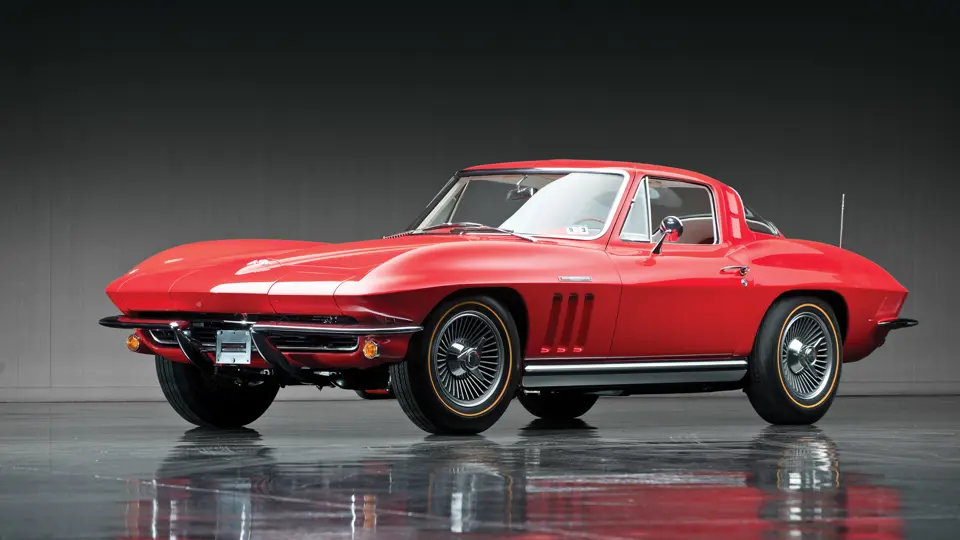
 | Fort Worth, Texas
| Fort Worth, Texas
